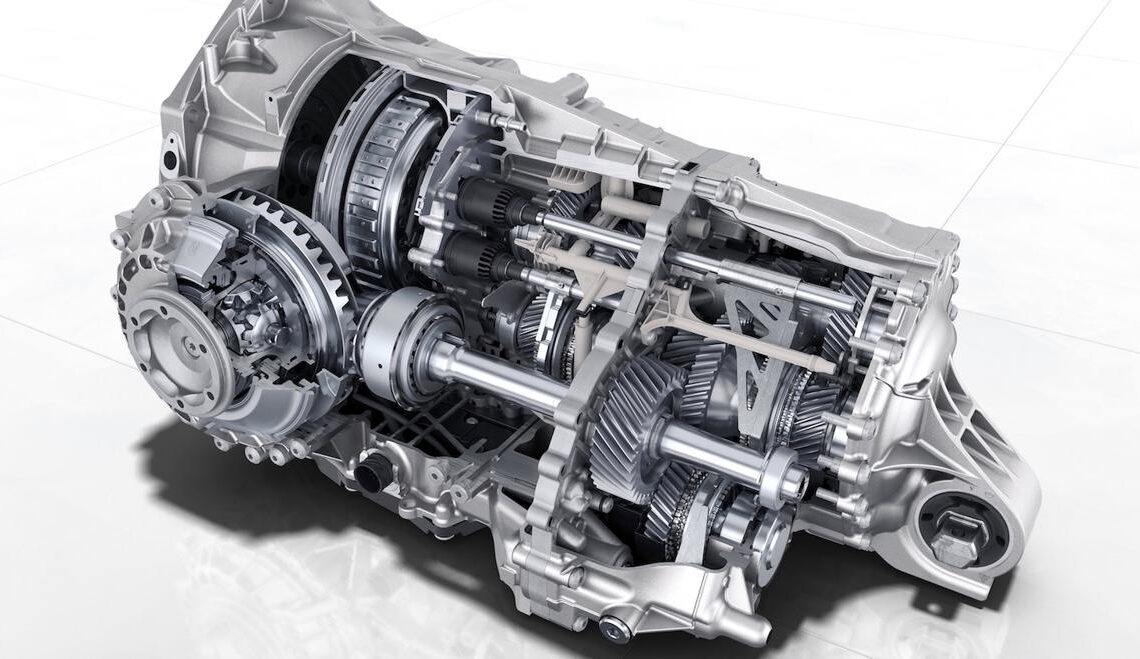[Editor’s Note: This article originally appeared in the May 2010 issue of Grassroots Motorsports.]
Technology can be hard to accept, especially when it hints at our personal inadequacies. Perhaps that’s why some good ideas are a bit tough to swallow.
I admit that I’m not immune to having such hard feelings toward a piece of hardware. The first time I felt this way, it was about a camera.
My first real camera was a Canon A-1. Production lasted from 1978 through 1985, and it has gone down in the history books as a really groundbreaking piece of equipment. Even though it didn’t come from Canon’s professional ranks, this camera still raised the bar for the entire industry regarding microprocessor controls.
Don’t forget: If you go back a few decades, cameras were devoid of computer chips and little black boxes. If a battery was present, it just operated the light meter. For the most part, these were fairly simple machines by today’s standards. Focus and exposure were all handled manually.
If I had to guess, I got my A-1 around 1983 or so. I was in junior high and my dad, also a photo buff, figured I was ready for a serious camera. He also had an A-1, but mine came courtesy of the used market.
My A-1 faithfully served me through high school and into my first year of college, the corners of its body picking up patina as the plastic wore away to reveal the metal below. Unfortunately, technology eventually caught up with the A-1.
Cameras made huge leaps during the 1980s, and Canon basically rebooted their SLR model line starting in 1987. The new line was known by the EOS name—their latest digital cameras are part of the same family—and one of the biggest changes was a new lens mounting arrangement.
It wasn’t that I fell under technology’s…
Click Here to Read the Full Original Article at Grassroots Motorsports Online Articles…

